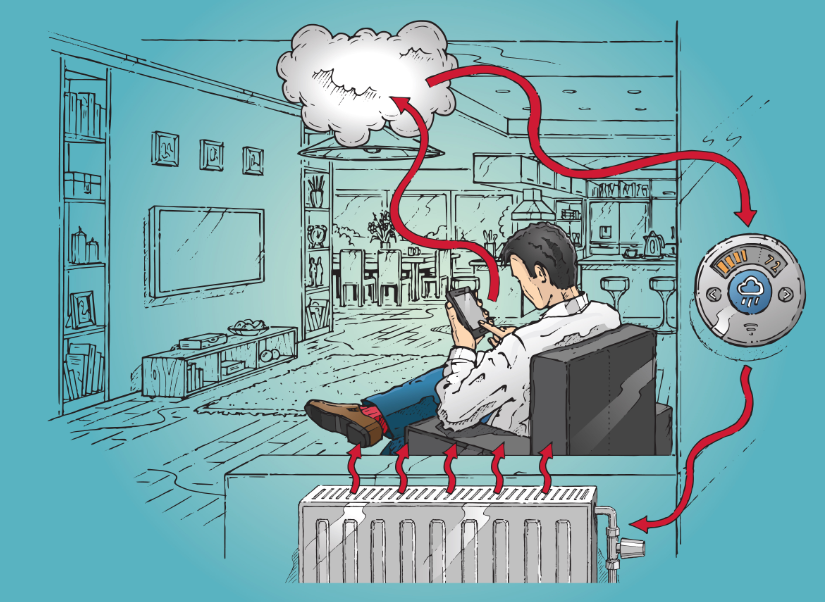For a long time, our imaginations have been captured by nightmares of a world taken over by intelligent machines. Indeed Hollywood is already dusting off plans for yet another Terminator movie about cyborgs ruling over humans. Our appetite for the machines taking over is insatiable and clearly makes for good box office fodder.
Thankfully, outside of popular media, such fears aren’t a likely scenario, but in this increasingly digital world of ours, there is a quiet machine revolution happening.
Constructive, less assuming and smaller ‘things’ are taking over at an exponential rate. Undoubtedly, the Internet of Things (IoT) is one of today’s most substantial technology trends.
IoT, machine-to-machine (M2M) technology, and the ‘Industrial Internet’ involves millions, even billions, of devices or ‘things’ connected over the internet. These devices are all continuously generating data, sensing, creating and consuming events – all the while, they are controlled remotely.
>See also: The Internet of Things business process revolution
From modernising cities through intelligent buildings and transportation, to connected homes, to industries such as healthcare, manufacturing, automated cars, farmlands and industrial plants, IoT is changing the world as we know it.
The emergence of IoT is an important phase in the evolution of the Internet — the age of intelligent devices. Every day, new intelligent ‘things’ are joining the data systems and expanding the digital revolution.
Researcher ABI believes that there will be over 40 billion ‘things’ or units connected by 2020. Some other industry voices are speculating a figure closer to 50 billion.
Does this trend have anything to do with intelligent business processes? Yes, just about everything.
First of all, we’re seeing how the physical world of smart devices, machines and ‘things’ is coalescing with the digital word of systems and software. IoT is not just about connectivity technologies or even the predictive analytics models discovered from the enormous amount of data generated by the myriads of devices or ‘things’.
Simply because they connect, communicate and analyse doesn’t make an IoT thing productive or useful. To be impactful, IoT technologies need to solve real problems that typically involve multiple collaborating activities that include people, systems, and ‘things’.
In other words, IoT needs orchestration through automated intelligent processes or what might be called the ‘Process of Everything’ (PoE). Through PoE, IoT will realise its full potential and have the capabilities to solve real problems that will change our personal lives and businesses.
Business process management (BPM) has its roots in workflow systems that focus on human participants (people). Now, emerging intelligent BPM (iBPM) is extending the orchestration of participants from people, to systems, to intelligent ‘things’ that all coordinate harmoniously towards specific business objectives.
iBPM provides both the context and the container for intelligent ‘things’ to collaborate and succeed in achieving goals.
As the world create a vast network of ‘things’, businesses need intelligent processes to manage it all and ensure that the right ‘things’ are being used at the right time, by the right people, and in the right situation.
Empowered with a rich collection of capabilities that include business rules, predictive analytics, real-time decisioning, event correlation, and especially dynamic case management, iBPM coordinates all participants (people, systems and things) in complex, dynamic processes and cases to complete business objectives.
These capabilities allow all participants to collaborate in order to achieve innovation, continuous improvement and the optimisation of processes.
>See also: Why the Internet of Things is useless without identity
As this automated intelligence trend matures, humans will more keenly focus on innovation and cognitive work, delegating the routine and even the knowledge-assisted work to automated ‘things’.
Today, a new era in process automation is on the horizon and we are moving not only to IoT, but PoE as well. Through PoE, the connected ‘thing’ revolution will be realised.
Sourced from Dr Setrag Khoshafian, chief evangelist and VP of BPM, Pegasystems







